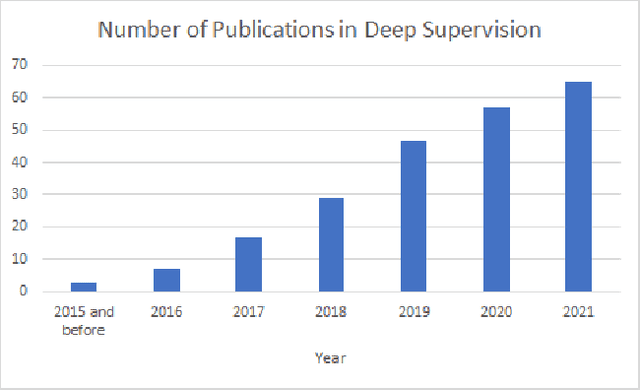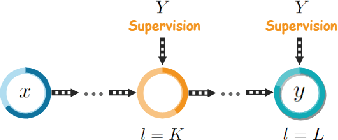A Comprehensive Review on Deep Supervision: Theories and Applications
Paper and Code
Jul 06, 2022



Deep supervision, or known as 'intermediate supervision' or 'auxiliary supervision', is to add supervision at hidden layers of a neural network. This technique has been increasingly applied in deep neural network learning systems for various computer vision applications recently. There is a consensus that deep supervision helps improve neural network performance by alleviating the gradient vanishing problem, as one of the many strengths of deep supervision. Besides, in different computer vision applications, deep supervision can be applied in different ways. How to make the most use of deep supervision to improve network performance in different applications has not been thoroughly investigated. In this paper, we provide a comprehensive in-depth review of deep supervision in both theories and applications. We propose a new classification of different deep supervision networks, and discuss advantages and limitations of current deep supervision networks in computer vision applications.
 Add to Chrome
Add to Chrome Add to Firefox
Add to Firefox Add to Edge
Add to Edge